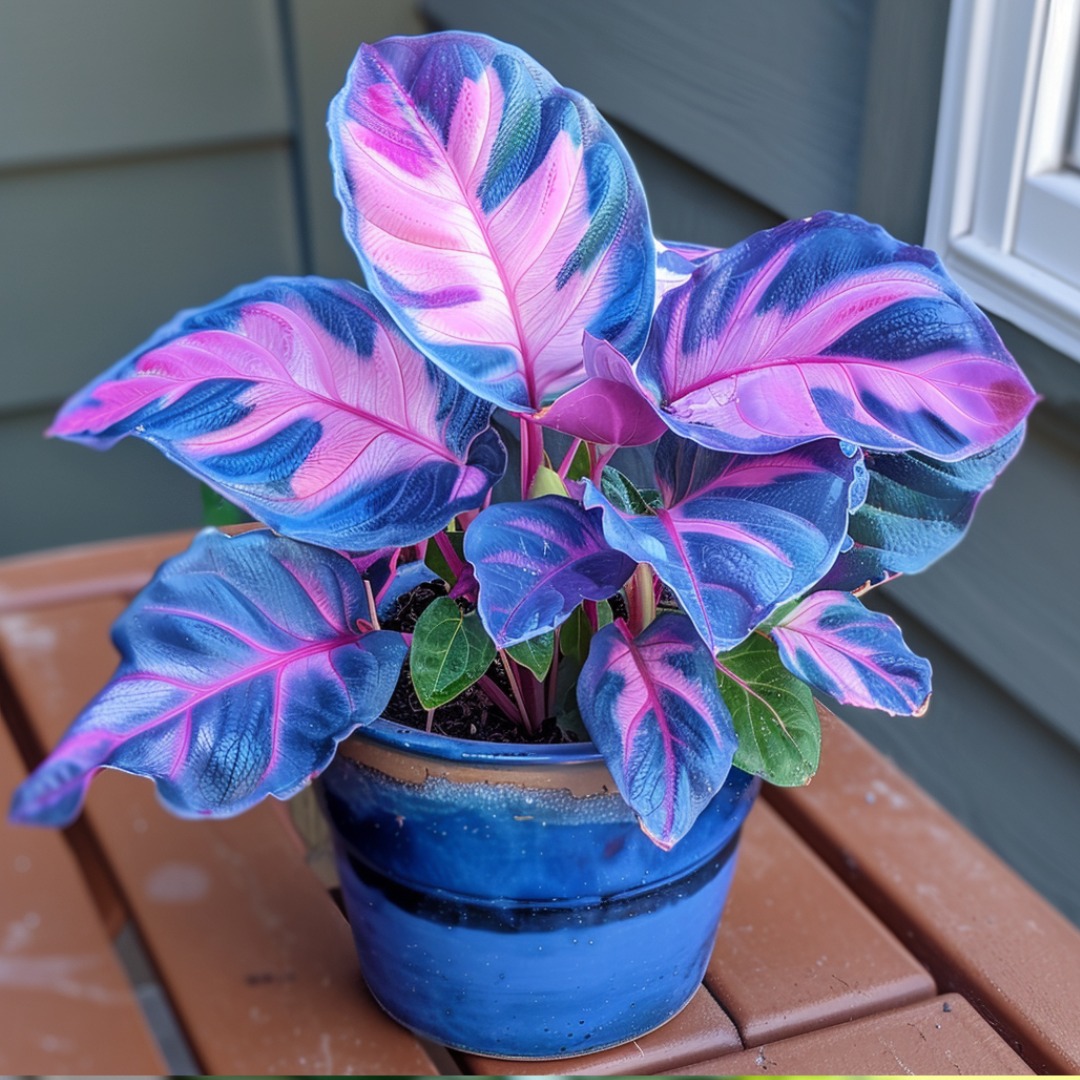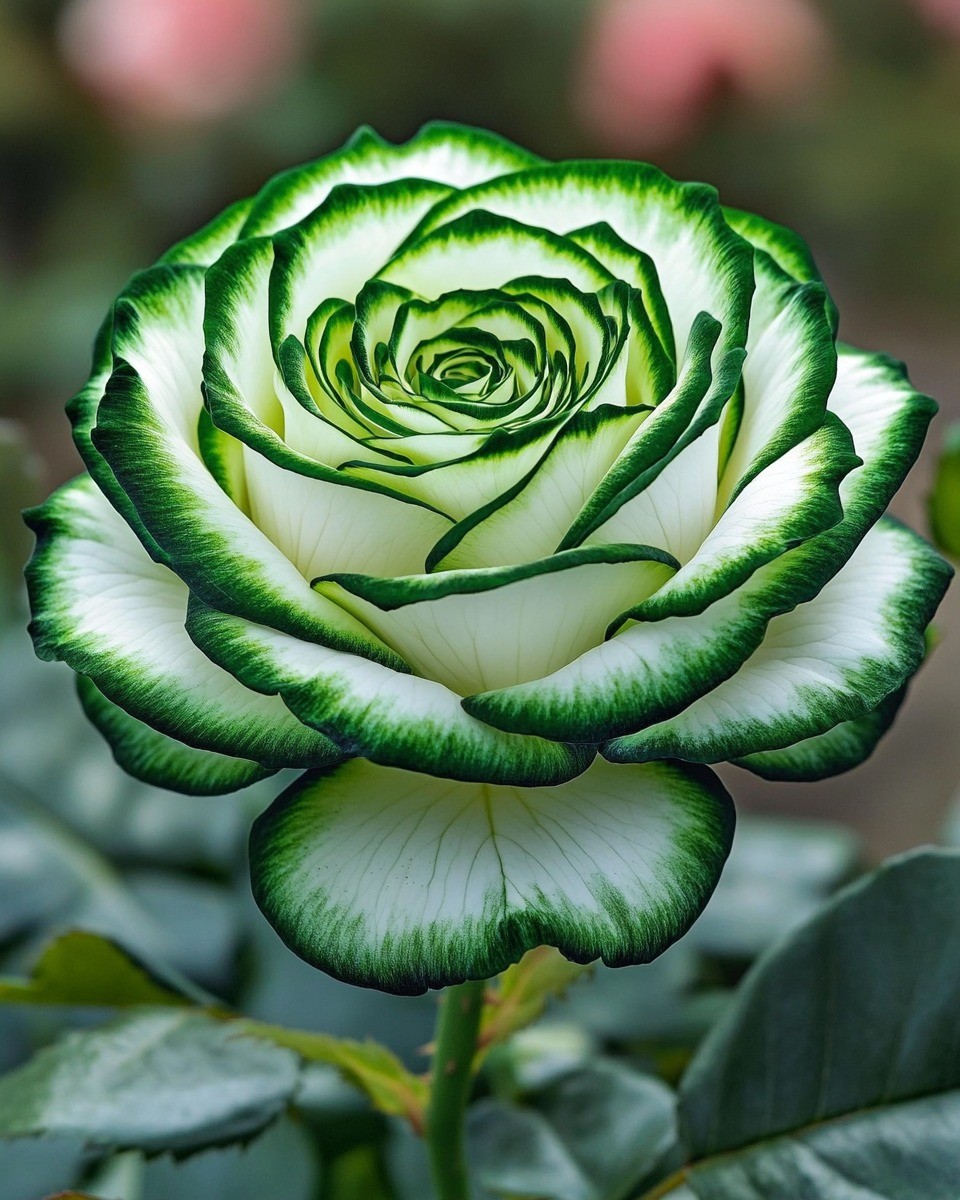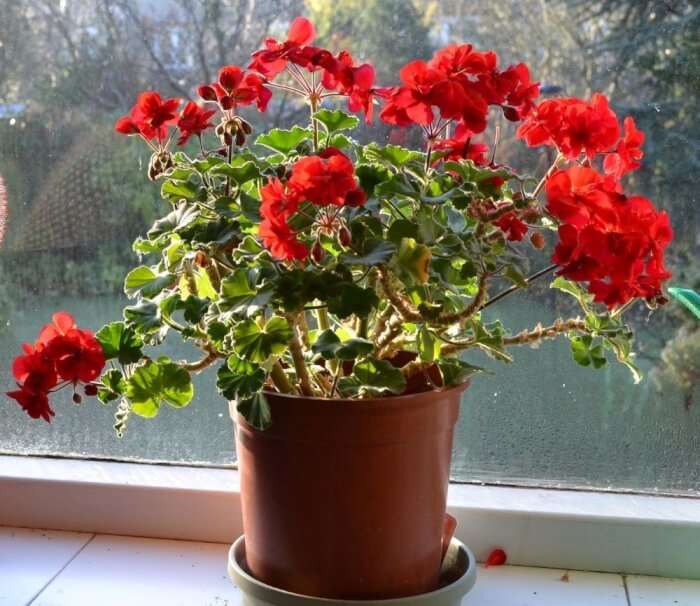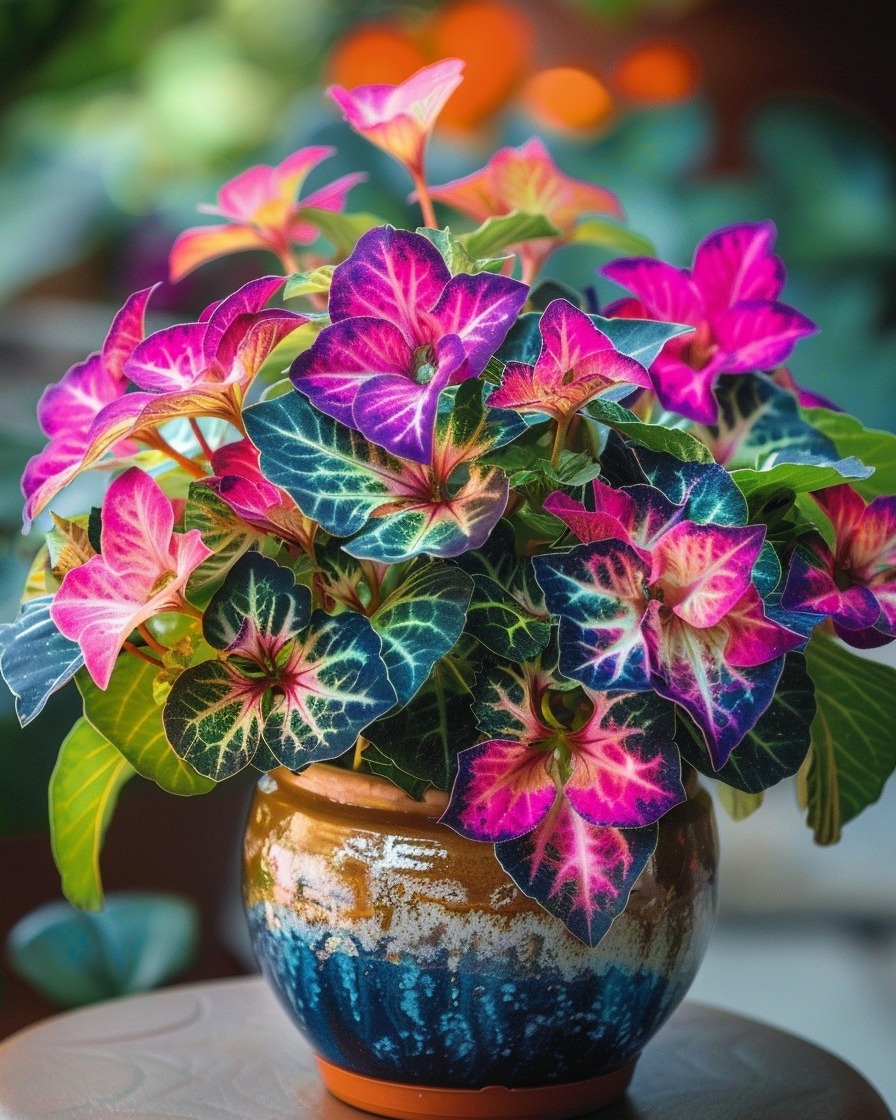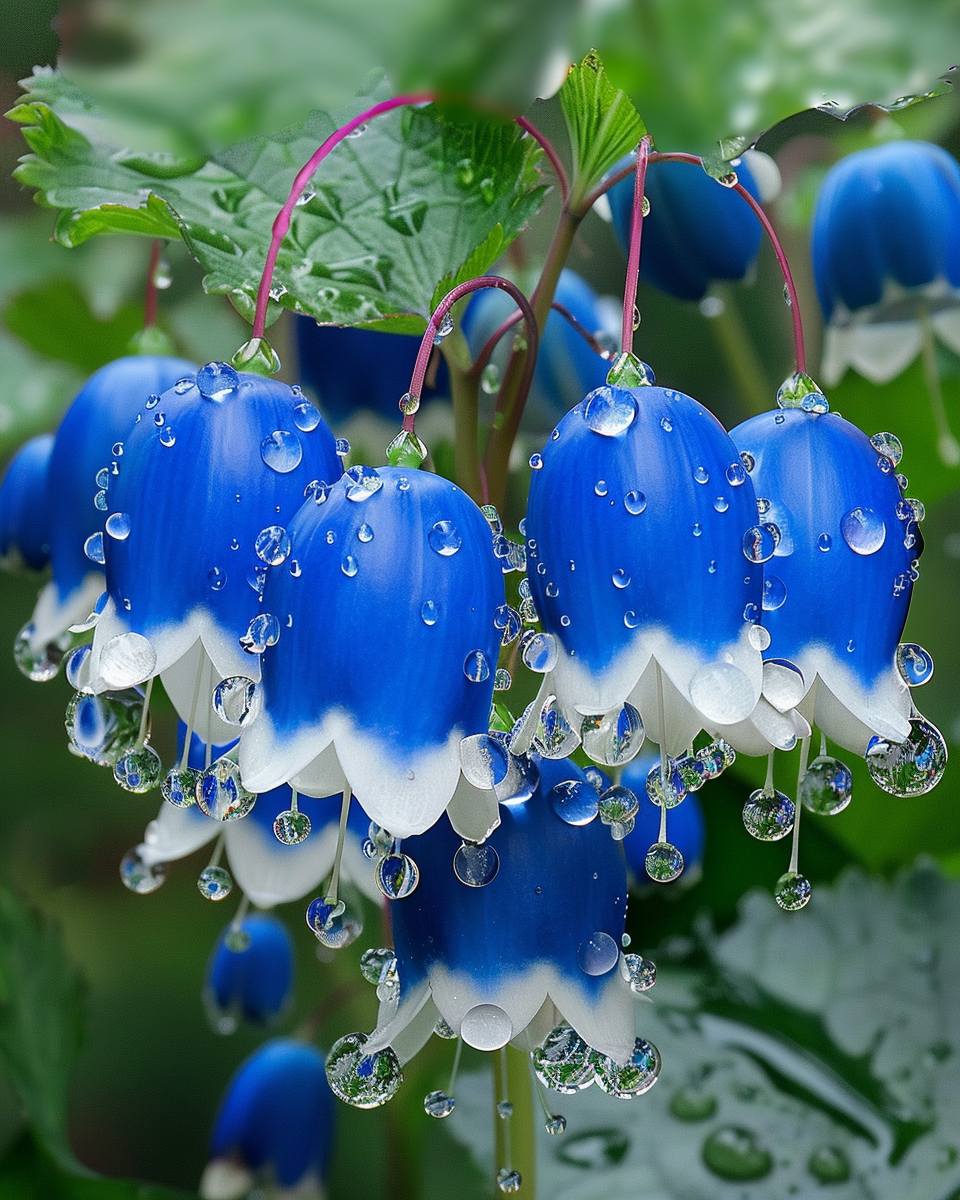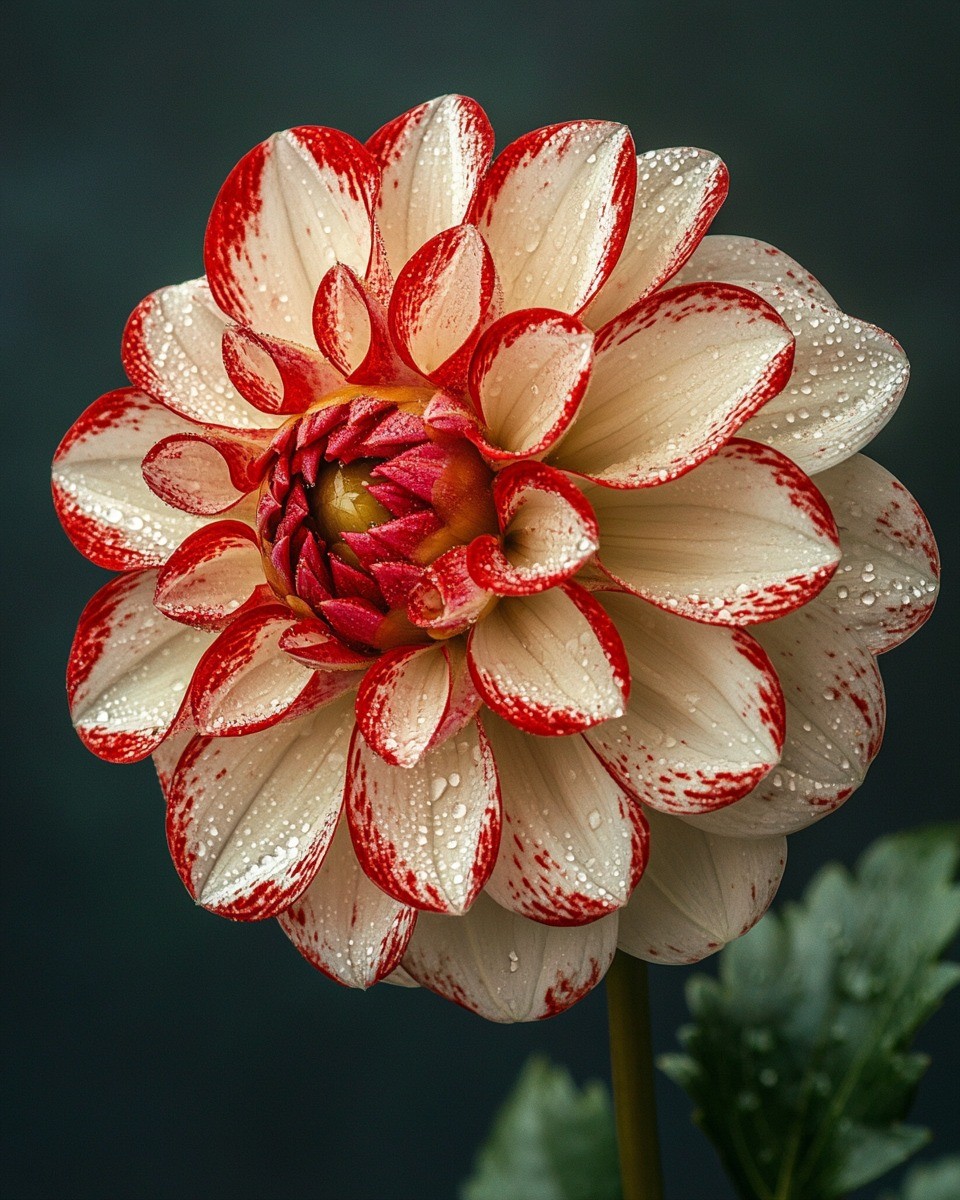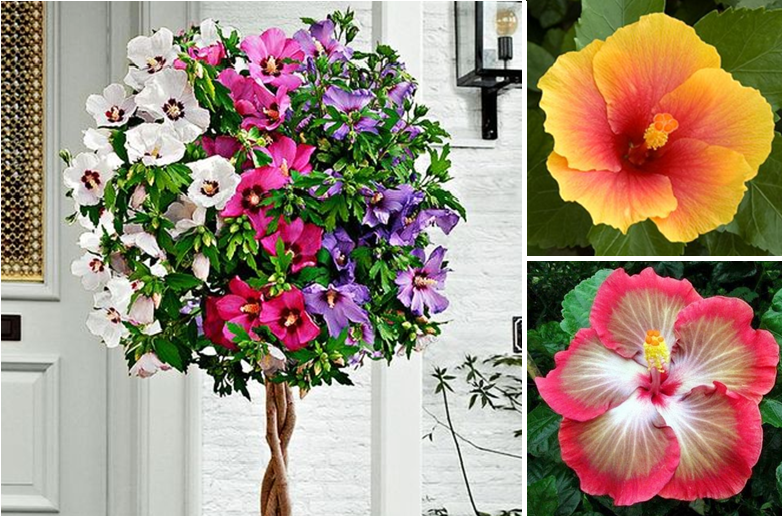 Hibiscus are very showy plants that produce large trumpet-like flowers in a wide range of colors, depending on the variety grown.
Hibiscus are very showy plants that produce large trumpet-like flowers in a wide range of colors, depending on the variety grown.
Although there are dozens of species, there are two main types – hardy outdoor deciduous shrubs (mainly varieties of Hibiscus syriacus) and indoor evergreens (mainly varieties of Hibiscus rosa-sinensis).
Indoor varieties of hibiscus have a long flowering period – from around May to October – but they can be a bit tricky to keep growing and flowering year after year, if not given the right conditions.
The hardy, outdoor varieties are much easier to care for and, provided they receive plenty of light, will produce stunning floral displays for many years.
How to grow hibiscus
Culture
Outside
Hibiscus needs a warm position in full sun, preferably sheltered from strong and cold winds. It prefers a well-drained soil that remains moist during the summer.
Hibiscus is ideal for growing in large containers with John Innes No 3 compost in a warm and sunny location.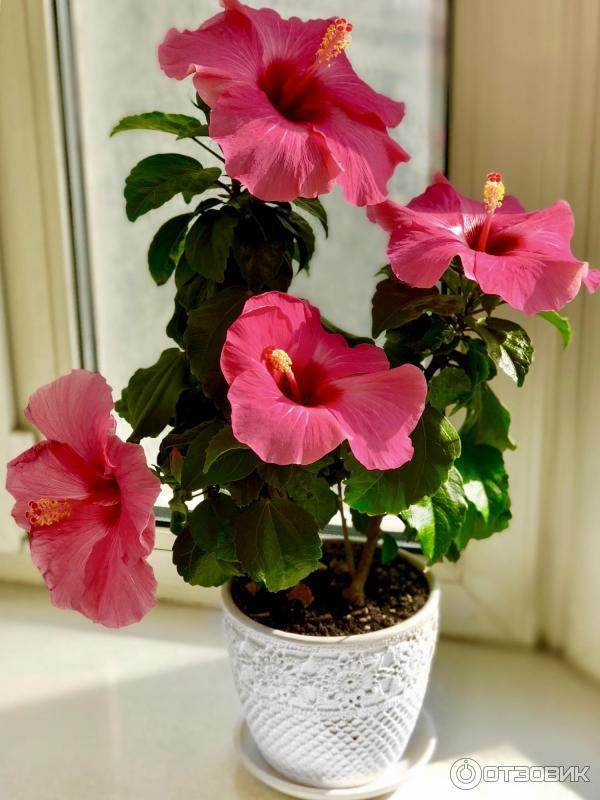
Inside
Indoor hibiscus needs a position in good, bright light but protected from direct, strong sunlight in the summer. They prefer a moist atmosphere and need a minimum temperature of 7-10°C (45-50°F).
They are not fussy about compost, any good free draining potting soil will do, although one with John Innes would be preferable. They will need to be replanted every other year – preferably in March or April.
Plants can be moved outdoors in the summer to a location protected from direct sunlight, but must be brought back indoors in the fall before temperatures reach 10°C (50°F).
Hibiscus flowers close-up
Suggested planting locations and garden types
Flower borders and beds, patios, containers, urban and courtyard gardens, screening, potted plants, indoor plants, summer terrace plants.
How to care for hibiscus
Outside
In the spring, give them a good feed preferably a high potassium granular feed, such as rose feed.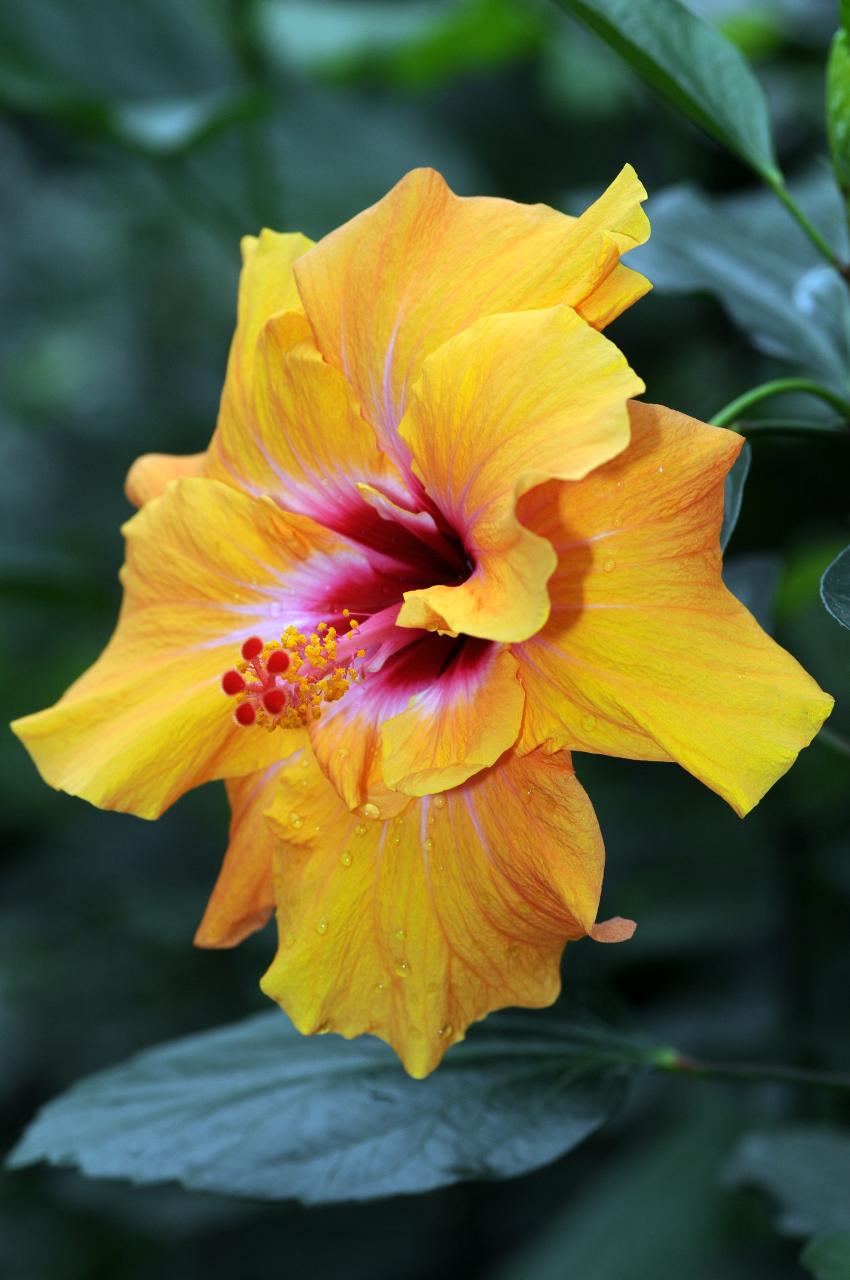
Mulching the soil helps maintain soil moisture levels and keep down weed growth.
Outdoor hibiscus does not need regular or routine pruning. In February/March, prune out any dying, diseased or damaged stems, plus any congested or crossing stems and any growing in the wrong or unwanted direction.
Inside
Water regularly when the plants are growing (April to September), but more sparingly when they are dormant (autumn and winter). Allow the top of the compost to dry slightly before watering again.
Feed with a high-potassium liquid feed every 10-14 days during the growing season, from spring to early fall, especially when flowering.
You can keep the plant compact, bushy and blooming well with annual pruning. In February/March, shorten the previous year’s growth to produce a main frame of branches, which will then produce flowering shoots. Unwanted long shoots can be pruned back to 5-7.5 cm (2-3 in) from the base and thin non-flowering shoots removed.
